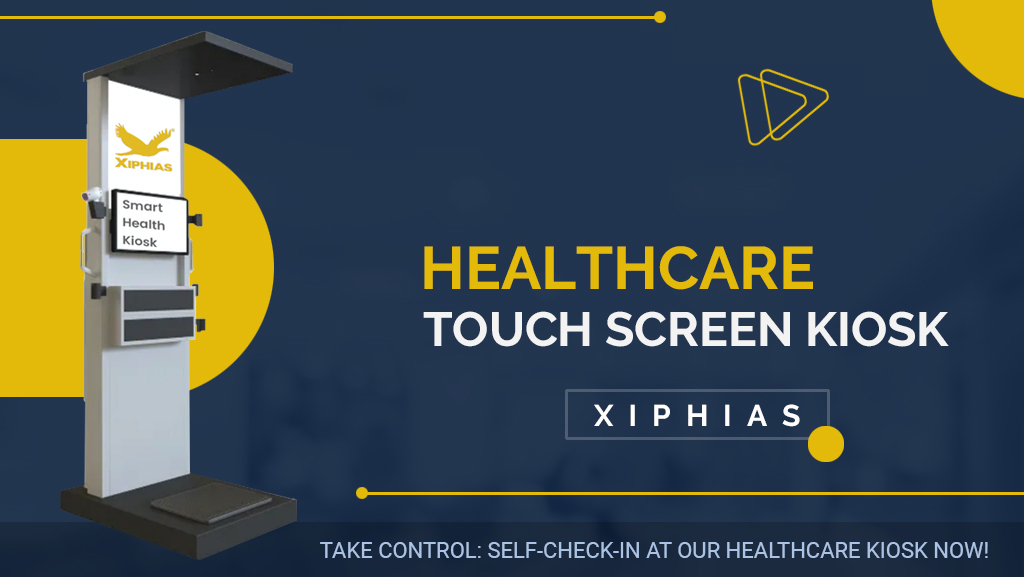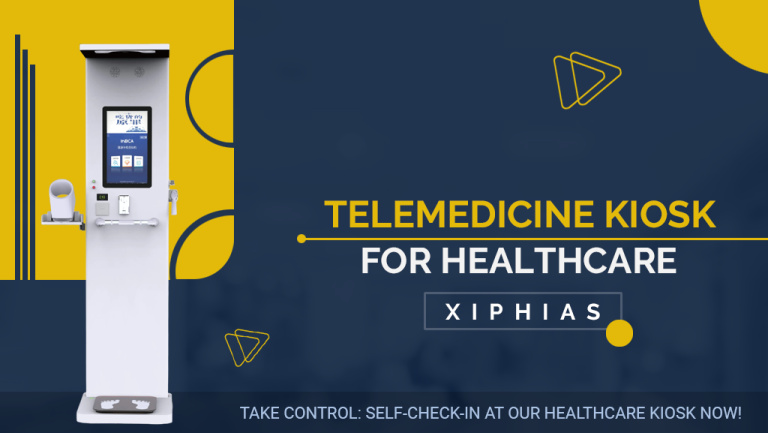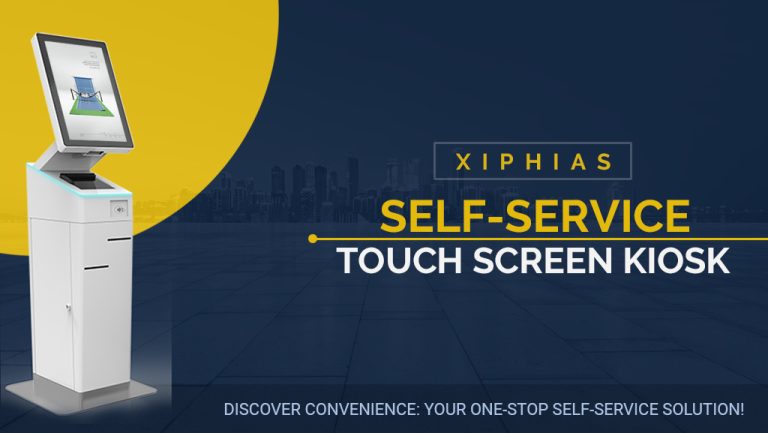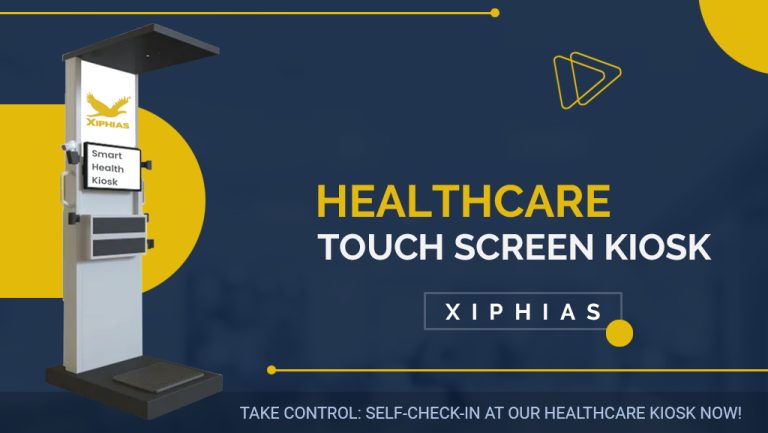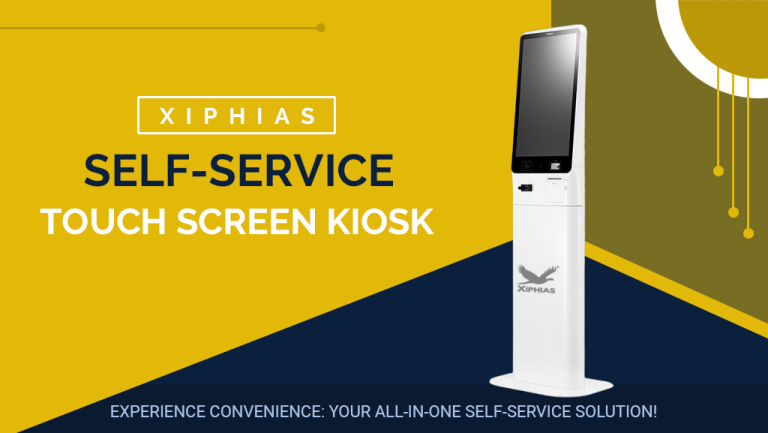Healthcare Self-Service Kiosks: A Game Changer for Patient and Staff Efficiency
The healthcare industry constantly seeks innovations to improve patient care and operational efficiency. One such innovation making a significant impact is the healthcare self-service kiosk. These kiosks are transforming patient and staff experiences, making processes faster and more efficient.
Streamlining Check-In and Registration
Self-service kiosks simplify the check-in and registration process for patients. Patients can enter their information directly into the kiosk, reducing wait times and minimizing administrative burdens. This streamlined approach allows staff to focus more on direct patient care rather than administrative tasks.
Reducing Wait Times
Long wait times in healthcare facilities can lead to patient frustration and decreased satisfaction. Self-service kiosks help manage patient flow by efficiently handling check-ins and directing patients to the appropriate departments. This reduces congestion in waiting areas, enhancing overall patient experience.
Enhancing Patient Privacy
Self-service kiosks provide a discreet way for patients to enter personal information. This enhances privacy and confidentiality, which are crucial in healthcare settings. Patients feel more comfortable inputting sensitive data themselves rather than sharing it aloud in busy reception areas.
Improving Data Accuracy
Manual data entry by staff can lead to errors, which can affect patient care and billing. Self-service kiosks allow patients to enter their own information, reducing the risk of mistakes. This improves data accuracy and ensures that patient records are up-to-date and reliable.
Facilitating Payments and Billing
Healthcare self-service kiosks also streamline the payment process. Patients can use the kiosk to pay bills, copays, and other charges, reducing the workload on billing staff. This not only speeds up the payment process but also improves cash flow for healthcare facilities.
Accessing Health Information
Patients can use self-service kiosks to access their health information, such as test results and medical records. This empowers patients to take an active role in their healthcare, leading to better health outcomes. It also frees up staff from handling routine information requests.
Scheduling Appointments
Self-service kiosks can be used to schedule appointments, reducing the need for phone calls and manual scheduling. Patients can choose convenient times, and the system can automatically update the facility’s schedule. This improves appointment management and reduces scheduling conflicts.
Language and Accessibility Features
Many self-service kiosks are equipped with multilingual and accessibility features. This ensures that patients of all backgrounds and abilities can use the kiosks effectively. It promotes inclusivity and ensures that healthcare services are accessible to everyone.
Enhancing Staff Productivity
By automating routine tasks, self-service kiosks free up healthcare staff to focus on more critical responsibilities. This enhances staff productivity and job satisfaction. Staff can dedicate more time to patient care, improving overall service quality.
Reducing Administrative Costs
Healthcare facilities can reduce administrative costs by implementing self-service kiosks. Fewer staff members are needed for check-ins, registrations, and billing tasks. This leads to cost savings, which can be redirected towards improving patient care and services.
Supporting Infection Control
In the wake of the COVID-19 pandemic, infection control has become a top priority. Self-service kiosks support infection control measures by minimizing physical contact. Patients can complete tasks without interacting with staff, reducing the risk of disease transmission.
Gathering Patient Feedback
Self-service kiosks can be used to gather patient feedback through surveys and questionnaires. This provides valuable insights into patient experiences and areas for improvement. Healthcare facilities can use this feedback to enhance services and patient satisfaction.
Implementing Self-Service Kiosks
Implementing healthcare self-service kiosks requires careful planning and consideration. Healthcare facilities should choose user-friendly kiosks with features that meet their specific needs. Training staff and educating patients on how to use the kiosks effectively is also crucial.
Conclusion
Healthcare self-service kiosks are revolutionizing the way patients interact with healthcare facilities. They improve efficiency, reduce wait times, enhance patient privacy, and support staff productivity. By automating routine tasks, these kiosks allow healthcare professionals to focus on what matters most: providing high-quality patient care. As the healthcare industry continues to evolve, self-service kiosks will undoubtedly play a crucial role in shaping the future of patient and staff experiences.

